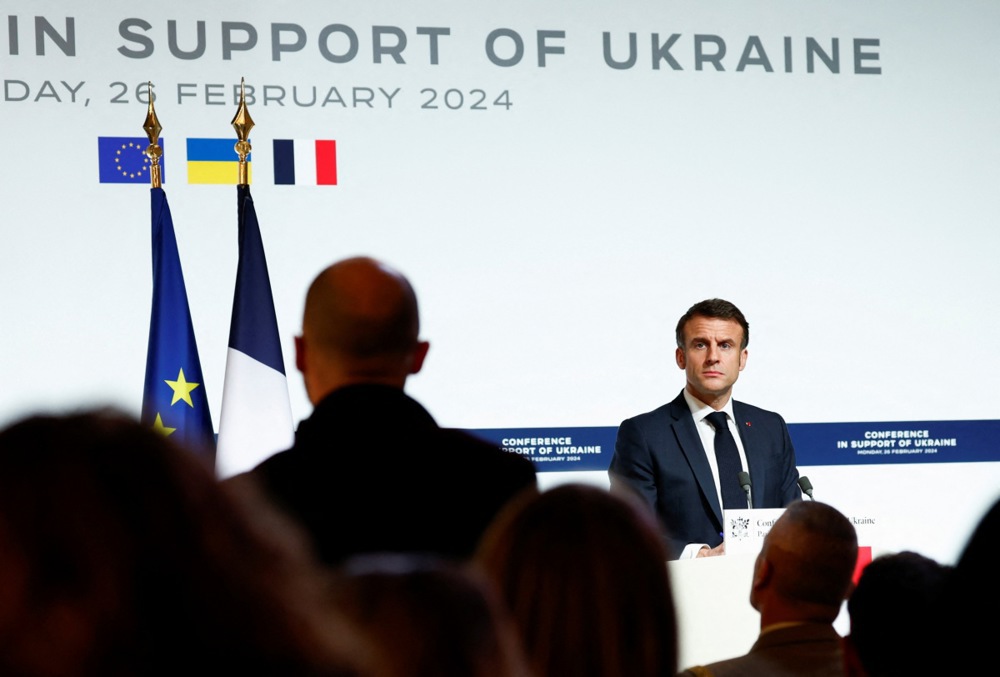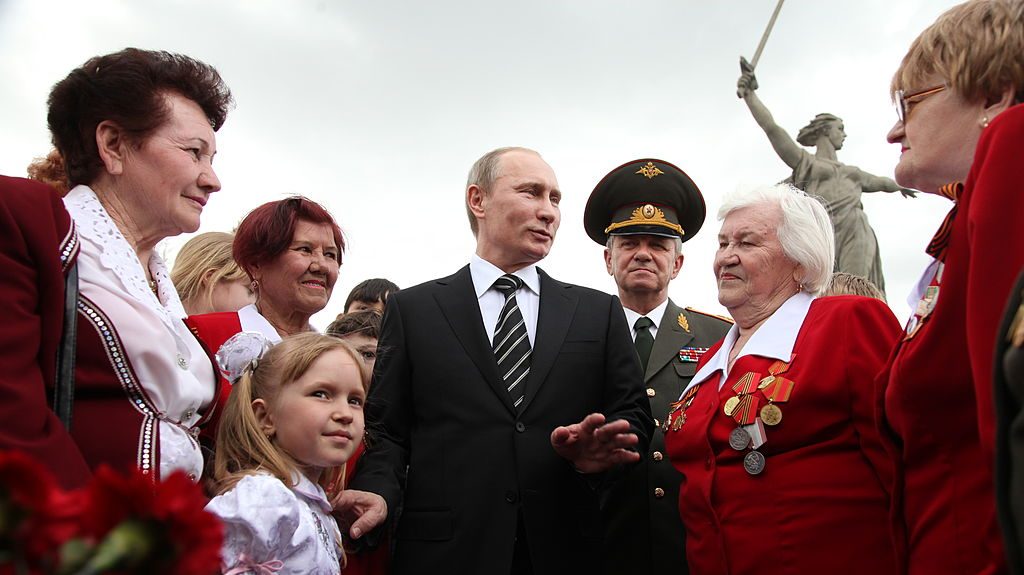Despite what some sceptics say – particularly the multi-polarity types who often sound like Sputnik or RT propaganda – the $60 billion Ukraine aid package really is a big deal.
It comes just in time to inject vital military supplies and also much-needed confidence into the country’s war effort. Ukrainian defences, which have been bending under the huge, continuous pressure from Russia’s creeping offensive, now have a new lease of life.
Keeping Moscow’s forces broadly at bay – certainly preventing any major breakthroughs – and raising the cost of any further advances to unbearable levels is the best objective that Kyiv can attain in the foreseeable future. That would effectively count as a sort of “victory” at this critical stage of the war.
The key is to live to fight another day, another month, another year – until the aggressor’s cost/benefit calculations change and some settlement is reached. It is a grim and bloody prospect but this is the path that the brave Ukrainians chose, with honour, when they could have perhaps accepted an imposed “peace” at Russian gunpoint in March 2022.
They may be on the back foot but this fight is far from over. The battlefield picture is, in fact, mixed: Amid major problems and overall setbacks at the front, the Ukrainians have also been having some tactical successes of their own that demonstrate what can be achieved against Russian forces if more Western military support becomes available.
For example, the Ukrainian military has recently managed to destroy an S-400 battery in Crimea, apparently with ATACMS missiles secretly provided by the US weeks ago. It proves that even Russia’s most valuable, cutting-edge missile defence system is vulnerable; this is a major development that opens new possibilities for exploitation, especially since the new US aid package explicitly authorises the transfer of long-range ATACMS armaments to Ukraine.
Over the past week, Ukrainian forces have also shot down a Tu-22M3 strategic bomber (a highly-prized Russian asset) at very long range.
If such feats can be replicated on a larger scale – and the incoming US weapons in the new aid package can help – then the impact on Russian strategic calculations could be severe. Bomber missions might have to be scaled back; air-defence units redeployed to reinforce high-value airbases and other key sites, leaving gaps elsewhere.
In a war where the high-tech measure-countermeasure race can make such a great difference by giving one side a major strategic advantage (at least for a while, as in 2022 when the introduction of HIMARS rockets stopped the Russian offensive in Luhansk), it’s all to play for.
Take drones, for instance. Ukraine now holds the upper hand, being able to operate FPV (first-person view) drones at up to 30km behind Russian lines by using signal relays installed on other drones. The tactical advantages that accrue from this kind of capability can be immense since many Russian artillery systems operate within that range.
This ties in with the more familiar artillery conversation. The Russian advantage in shells and guns (about to be scaled back as US and European production ramps up) is compensated by the much greater accuracy of Ukrainian artillery fire, which is better integrated with drones.
As the US aid package comes in, it will unleash a flood of new drone models that have been under development and in production in a number of Western countries over the past year in particular – thus solidifying Ukraine’s advantage in this crucial capability.
More broadly, Ukraine’s own defence industry is reconstituting, quite apart from the significant investments in new armaments factories and production lines announced on almost a weekly basis across Western countries.
One small sign is that Ukraine is now able to produce 10 new 155mm self-propelled guns per month. It doesn’t have enough money to pay for all the armament it can produce at home – which leads to somewhat odd situations like Denmark now buying weapons for Ukraine, from Ukrainian manufacturers.
But, again, the new American financial support will alleviate these concerns and help Ukraine in rebuilding its arms industry.
The incoming arms shipments from the US and UK will also restore some of Ukraine’s air defences against the Russian missile and drone barrage; more Patriot batteries are coming, too. The F-16 fighter jets will also be arriving soon and will likely be used against Russian planes launching the dreaded FAB glide-bombs.
Yes, manpower remains a major issue but Kyiv’s new mobilisation bill has been passed and it will help bring more coherence to recruitment and training and also, eventually, expand the force; after all, the country still has millions of fighting-age males available for front-line service.
None of this will be “easy” – nothing in this war, in particular, is. But Ukraine and its allies have many more cards to play than their critics are willing to admit.





The West’s limits: We should back Ukraine to the hilt with money and weapons, but – no Macron – this is not an existential war for Europe